One question everyone asks is “How did we get here?” Even though there have been huge advances made in the past 100 years, it still seems as though we haven’t made incredible strides in answering that question. However, not everyone is so unsure about this question.
A Canadian geologist claimed that he discovered the origins of life inside an ordinary object in 2008. Even though many claimed that his findings were a breakthrough, other scientists called him out as being a quack. So, the question is what did he uncover?
A geologist at the University College London, Dominic Papineau, wanted to answer one of the biggest questions of all time.

Even though many people have tried and failed, Dominic wanted to take his shot in discovering the origin of life on Earth. He looked to a peculiar region of his native Canada for that answer. He planned a trip to the Nuvvuagittuq Supracrustal Belt in 2008.
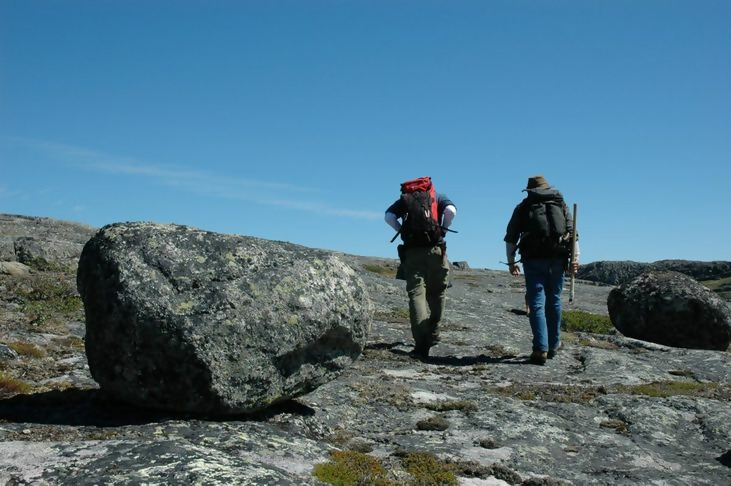
PBS

Previously, scientists have investigated this site, which was a hotbed of volcanic activity long ago. However, instead of searching for fossils, Dominic was looking for something much smaller, an object you can only see through a microscope.
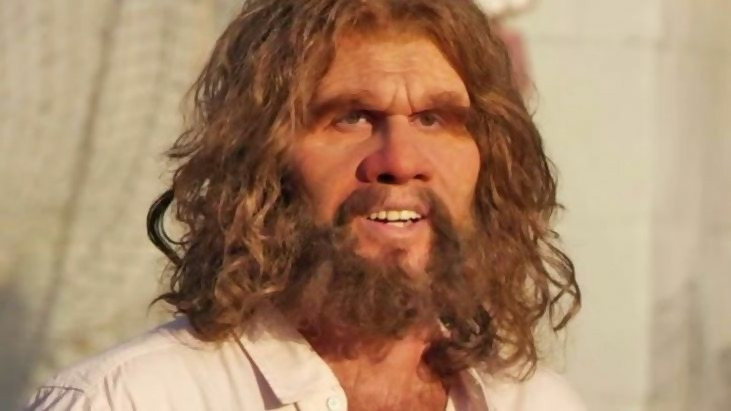
Dominic wanted to find an organism that appeared billions of years before humanoid life. But a tiny object would be highly unlikely to leave behind very much evidence.
Nicki Swift
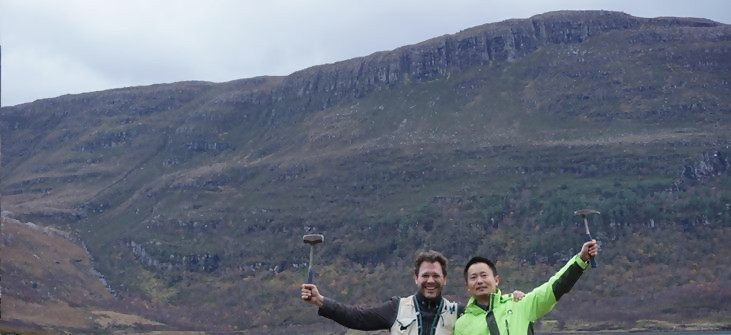
The Nuvvuagittuq Belt stands out even to the untrained eye. Layered iron formations striped across the landscape, with quarter-sized swirls dotting certain rocks. Dominic and his UCL colleagues approached them with their hammers ready, in hand.
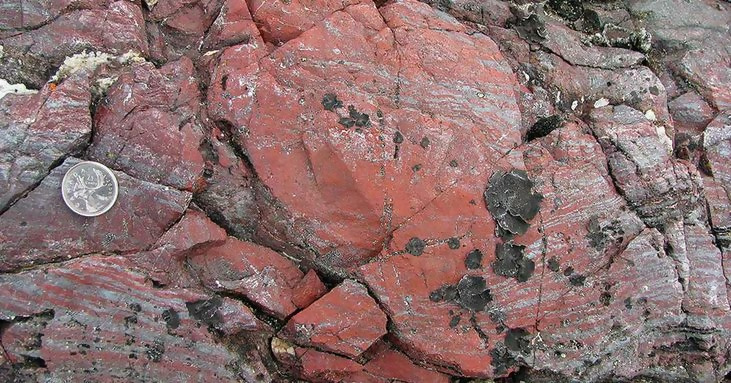
https://www.ucl.ac.uk/earth-sciences/sites/earth-sciences/files/styles/xl_image/public/dom-papineau-v3.png?itok=shPM_1q0
Dominic had alarms going off in his head, due to these mineral sections. They resembled structures formed by microscopic creatures in underwater vents, so he immediately made a connection. The geologist smashed the specimen off the cliff.
Popular Science

The team of geologists and Dominic repeated that process dozens of times, as they amassed over one hundred pounds of rocks, yet, they weren’t able to tell whether or not these samples added up to anything just by looking at them.

Only close analysis could prove his theory. He took the rocks to the Carnegie Institute for Science in Washington D.C., where researchers were able to look at their composition.
YouTube
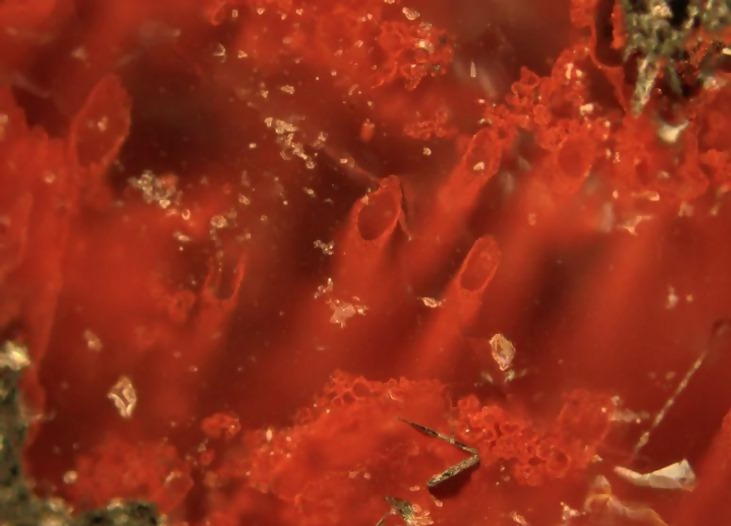
The microscope showed that filaments were running throughout the stone. Dominic and his colleagues felt almost certain that only organisms, not any kind of natural erosion, could have created this kind of a pattern. However, that wasn’t the most shocking aspect.
CBC
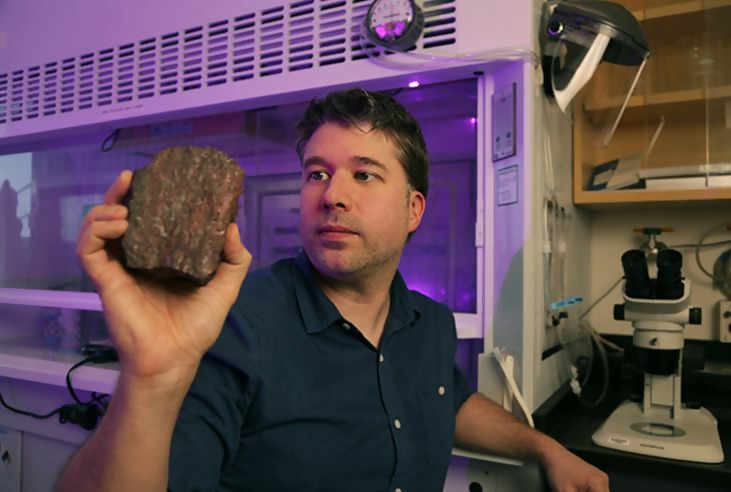
These remnants dated back sometime between 3.77 and 4.28 billion years ago. Assuming the geologists hadn’t made any errors or miscalculations, they found out that they might have discovered proof of the earliest life on the planet.
CBC
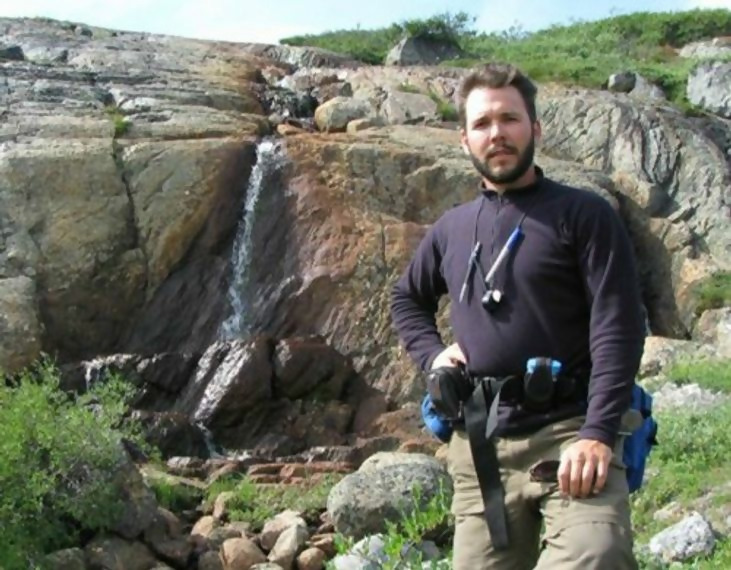
Dominic knew that he had to tread lightly because there were several different scientists before him who made the same claim, and when they were proven wrong, their careers and reputations fell into shambles. Yet, he still figured that they had a strong case.
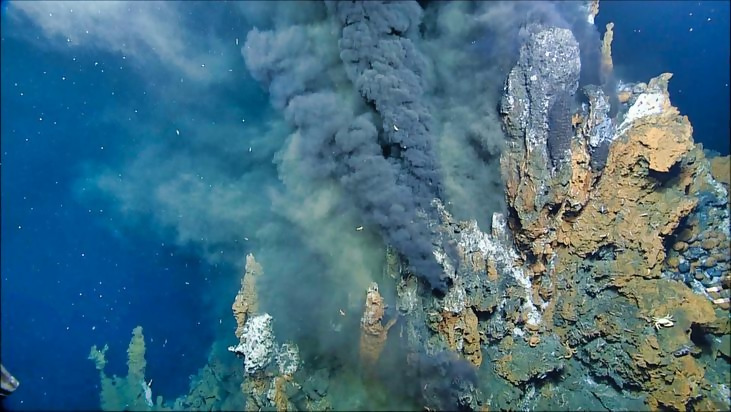
Dominic thought that these microbes could’ve harvested nutrients from the iron and chemical reactions happening throughout the region. They could be similar to the organisms found thriving in toxic deep-sea vents.
USGS

Dominic’s testing dated them to the Hadean Eon, a time where the planet was filled with storms and eruptions — it was basically Mordor for billion years.
GIPHY
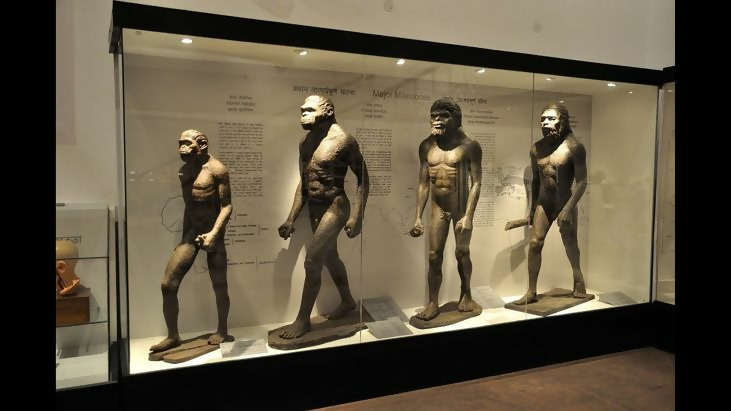
Then, as environmental conditions became less aggressive, these microbes could have slowly evolved into all manner of species.
Wikimedia Commons
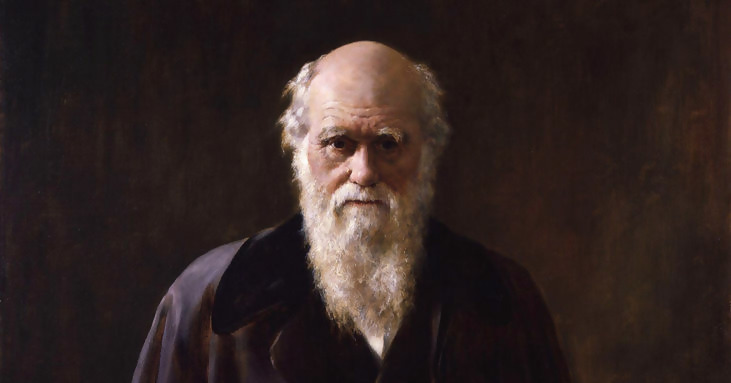
Disagreement has always circled the topic of the origin of biological life. Charles Darwin speculated that a particular chemical reaction in a “warm little pond,” could’ve caused it.
The New York Times
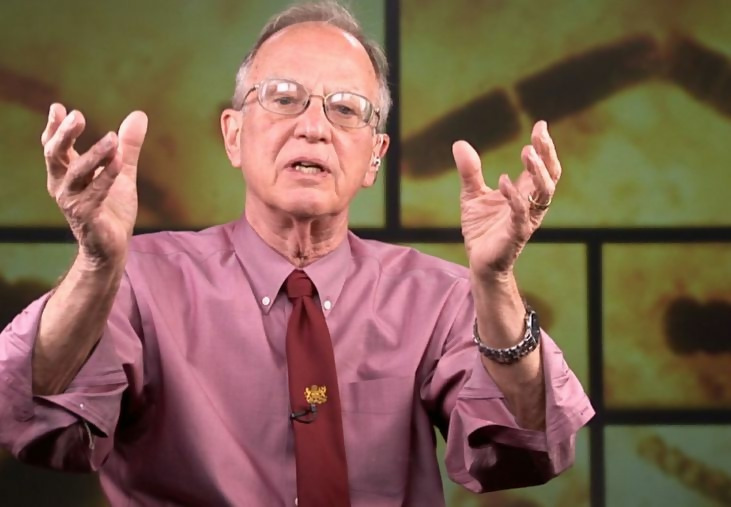
Paleobiologist J. William Schopf announced he’d discovered 3.5 billion year old bacteria in Australia in the 1990s. However, his peers soon accused him of dramatizing his claims just so he could make history.
UCLA Newsroom
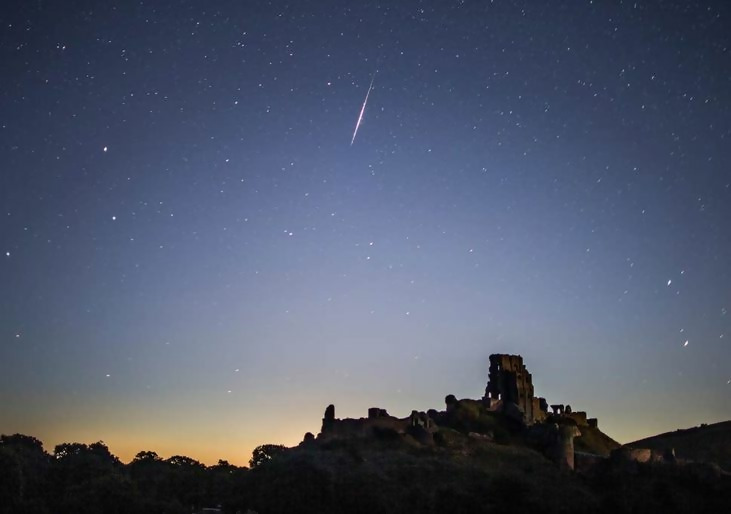
Some believe that life traveled to Earth on a meteor, though most scientists strongly reject this thought. A cosmologist named Giordano Bruno was burned at the stake for popularizing this idea, back in the 1600s.
The Independent
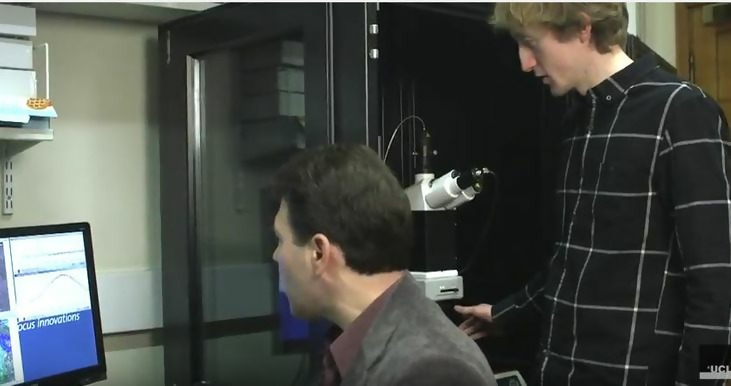
Dominic continues to look more into his finding, because he knows that their investigation affects more than just a group of biologists. This discovery could mean literally everything for the future of humanity.
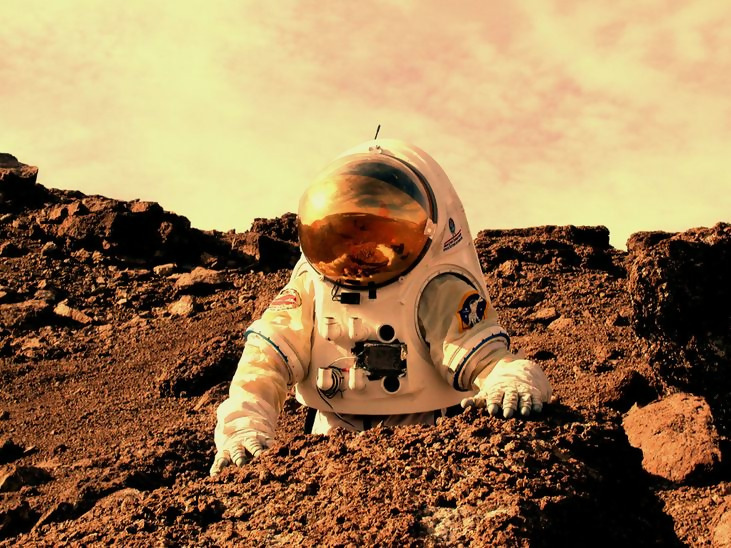
The fact that life could exist in harsh conditions on Earth, may mean that it’s not so out of the question for organisms to exist on other planets too. The success of Dominic’s research could kick-start a search for life on Mars. Scientists have recently looked into other outer space locales.
The Planetary Society
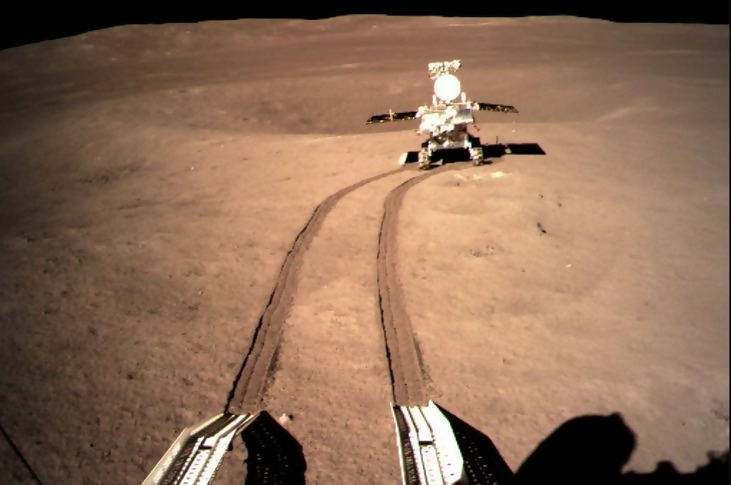
China made space history as the first nation to ever land a probe on the far side of the moon in 2019. The science community lauded the accomplishment; however, it turned out that the Chinese had another bombshell to drop.
NASA Space Flight

Wu Yanhua, the deputy director of the China National Space Administration, opened up about their big plan. Discussing the purpose of the Chang’e 4 Mission, he explained that his government was very intrigued about life on the moon.
The Observer

There weren’t actually any humans aboard the spacecraft; however, the “scientific exploration phase” did concern everyone on Earth. They sent different types of organisms up there to not just survive, but to thrive.
Chongqing University
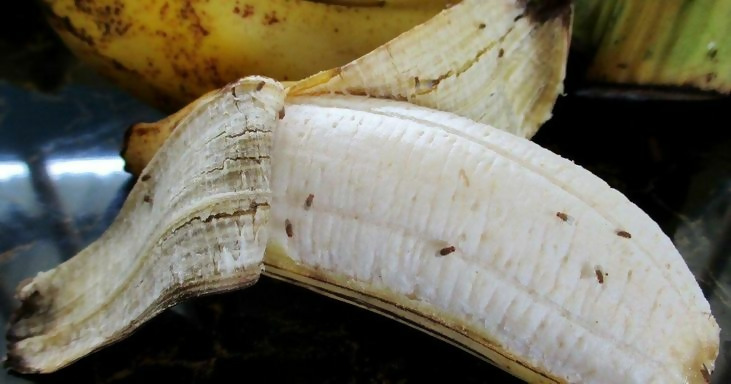
The animal kingdom was represented by a colony of fruit flies. Fruit flies can be very pesky little things, yet the more interesting part of this experiment hinged on a very different creature.
Fruit Flies
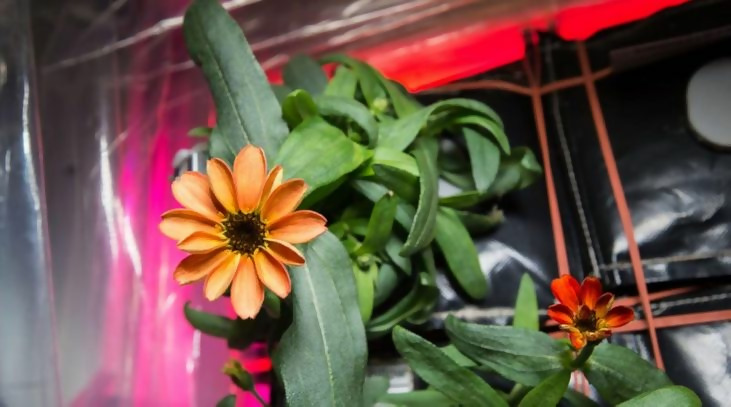
The CSNA shot a lot of different kinds of plants up to the moon. They focused on sending plants with various types of seeds. The bold objective was to grow crops on the moon.
Quartz

This decision made a lot of people think of the movie The Martian. Matt Damon’s stranded astronaut character cultivated potatoes using his own excrement as fertilizer.
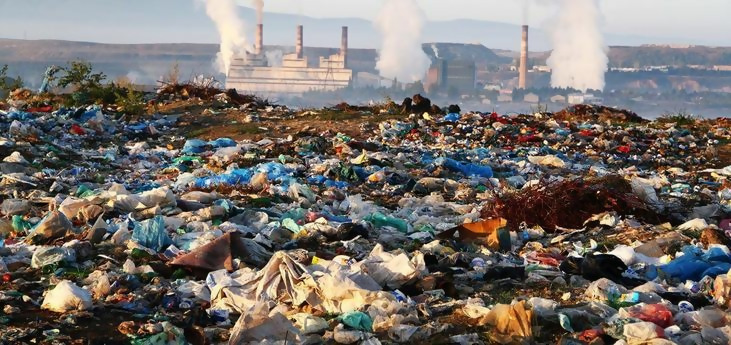
With climate change and pollution threatening the sustainability of life on Earth, this test could provide a possible alternative. If it’s possible for us to grow food on the moon, then it doesn’t seem too hard to imagine settling there.
Conservation Institute
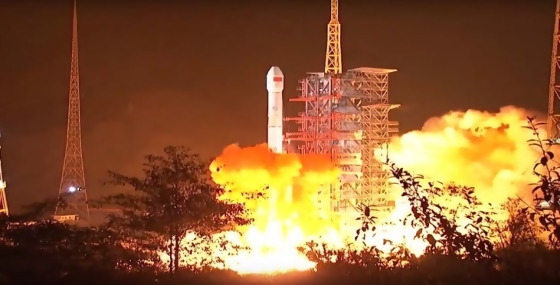
The CSNA didn’t just send a potted plant up into space. They had a range of gadgets at their fingertips.
SpaceTech Asia
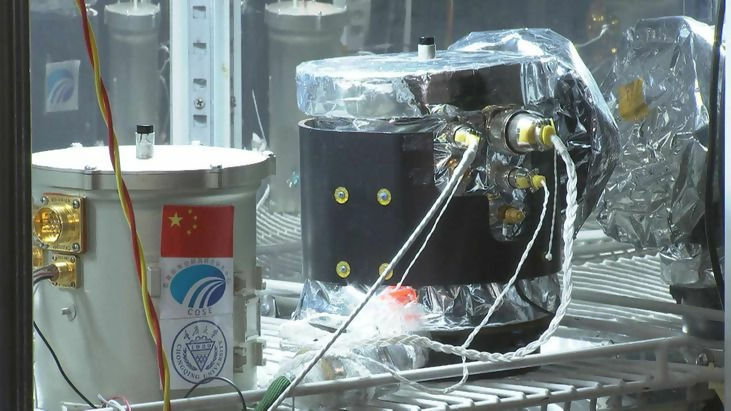
The seeds wouldn’t directly enter the moon soil, but rather germinate in a biosphere, and inside it would receive a steady supply of water and temperature-controlled air. This plan was seamless, on paper at least…
CGTN
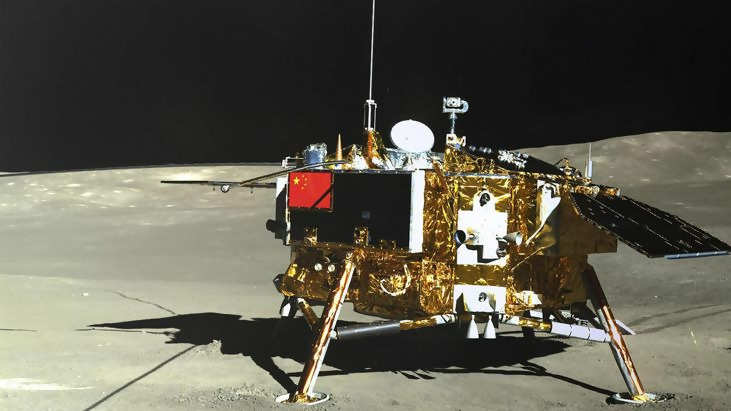
Once the probe completed its lunar landing, it deployed the biosphere. Scanners and cameras would observe every development of the seeds and fly eggs; however, there were skeptics that doubted they would make much progress.

But, were they right? The fruit fly eggs, the non-plant life, and a yeast colony — fizzed almost right away. The Chinese scientists then put all of their faith in their space garden.
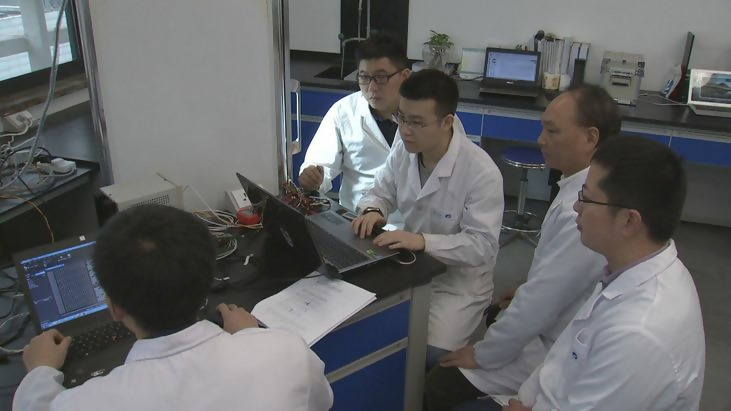
A failure to cultivate crops would be a letdown, but it wouldn’t be a huge loss. After nine days, one detail caught the team by surprise.
CGTN
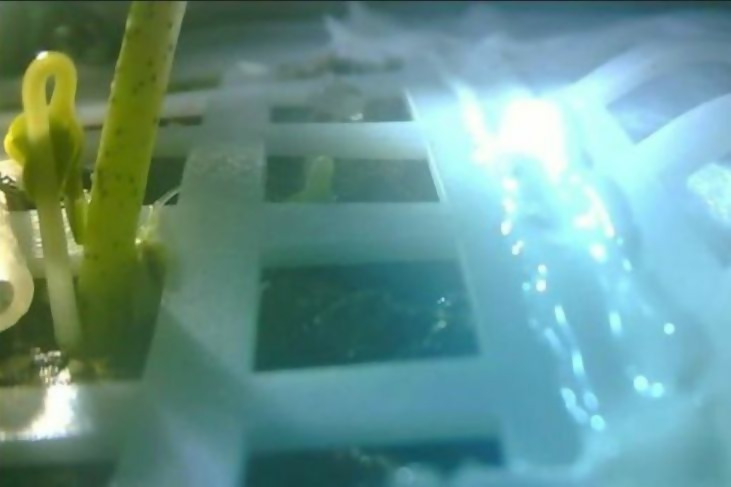
The CSNA scientists were extremely excited that they saw a little sprout. The cottonseed was growing! They immediately shared the news with the world.
News18

Several cotton seedlings popped up out of the soil, becoming the first plants to grow in a specially-designed box on the moon.

They were thrilled about their accomplishment and they could picture an enormous amount of plants growing on the moon. Unfortunately, they overlooked a complication.
The Dissolve

The temperature fluctuated frantically, even with the constant heat the biosphere provided. All of the cotton withered away, because the freezing cold of outer space proved to be a bigger problem than they thought.
GIPHY
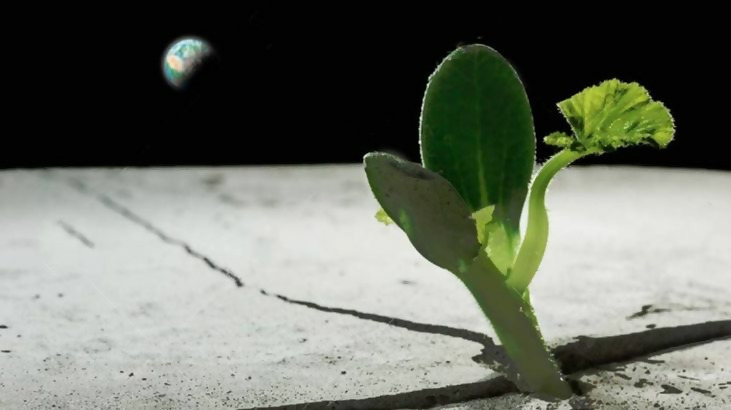
Sadly, in the aftermath, the Chinese government announced that this experiment had ended. The other objectives of Chang’e 4 continued. Yet, experts were excited by this brief success.
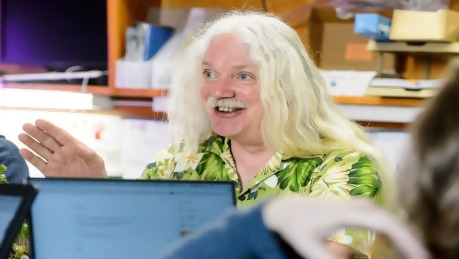
A botanist at the University of Wisconsin-Madison, Simon Gilroy, saw the experiment as a key step in supporting life on the moon. He said, “It’s fantastic to be able to sort of say, yeah, it’s a first tiny step down that path.”
Phys.org

No one actually expected a couple of cotton plants alone to make a lunar colony possible. Yet, these sprouts represented a giant step for mankind, and it very well may have secured our future. Believe it or not, Earth is in more danger than most people think.
Moon Bridge

NASA is best known for launching satellites and astronauts into orbit. Would you be surprised to know that a team of their scientists is studying models of a doomsday-devastated New York City? This isn’t a small side project, either; they’re deadly serious.

Lindley Johnson is the man behind this mission. As a 23-year veteran of the Air Force, he joined NASA’s ranks in 2003. Since then, he has been focused mainly on the end of the world.
Politico
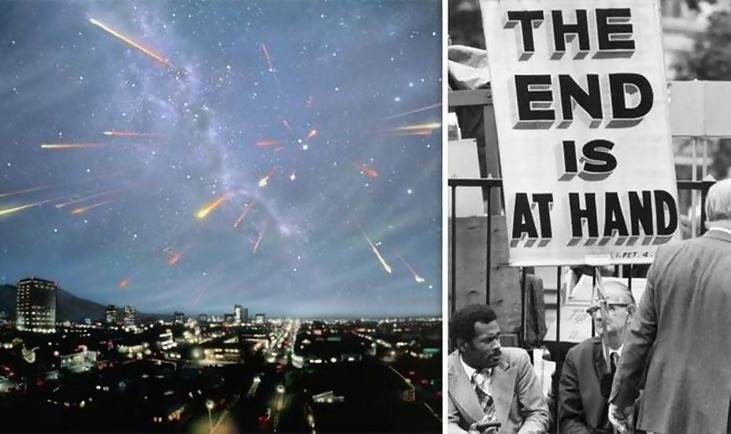
Lindley isn’t urging on the apocalypse, but rather approaching it from an analytical standpoint. He serves as NASA’s Planetary Defense Officer, which means that nobody is better equipped to take on doomsday than he is.
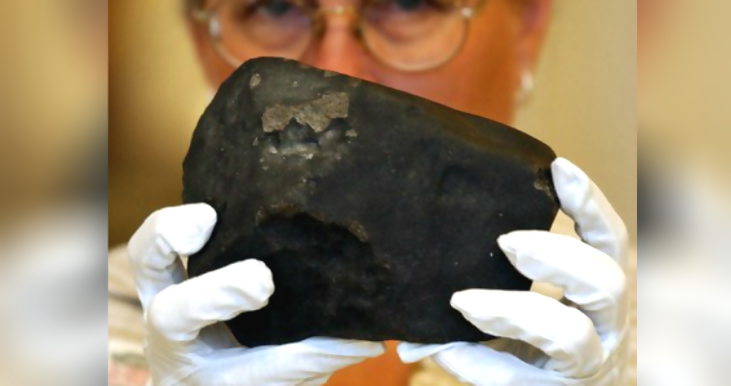
Lindley doesn’t worry about terrestrial threats, because he’s more concerned with space rocks. Luckily, most meteorites that come down to Earth are pretty small, or even microscopic.

But, what if an asteroid — one multiple football fields in diameter — was heading towards our planet? More than likely, it would land in the middle of the ocean, but Lindley wants more than luck on his side.

That’s why his NASA team investigates hypothetical cases of giant asteroids hitting densely urban areas. Typically, Thousands of years pass between such tragic events, but he intends to be ready if, and when it happens.
Video Blocks
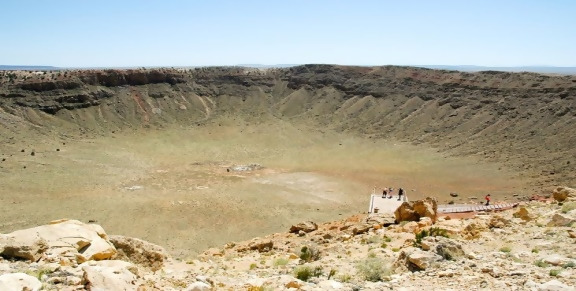
After all, Earth’s geography proves just how destructive a collision can be. NASA obviously doesn’t want to see Midtown Manhattan turned into a crater, but they are interested in how far that damage would grow.
Route 66 Tours

Lindley’s team runs simulations, so they can get a better sense of where asteroids are likely to strike, and what kind of damage we can expect. In some cases, a collision may be unavoidable, but Earth isn’t completely helpless.
Purdue University

For years, Lindley and his colleagues were operating on a tight budget. Luckily, a 2015 audit convinced Congress just how important planetary defense could be. They swiftly increased the team’s annual spending power from $5 million to $50 million.
Los Angeles Times

With more resources on his side, his team has led the charge against galactic peril. His NASA team assembled an arsenal of data to keep asteroids at bay.
Vice

NASA keeps this fact quiet, but they’ve cataloged over 2,000 asteroids in our solar system capable of obliterating an entire continent. Blowing up such a huge rock might cause too much fallout, so Lindley and his team have other tricks up their sleeves.
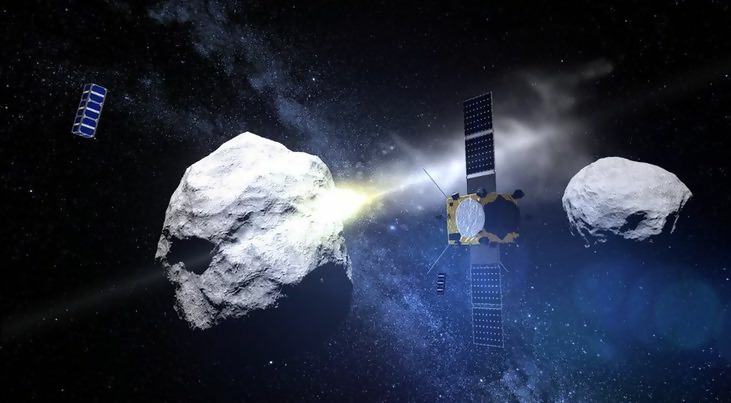
The best way to redirect an asteroid is through the use of kinetic impactors. These unmanned spacecraft would crash into an asteroid at high speed, thus deflecting it away from our planet.
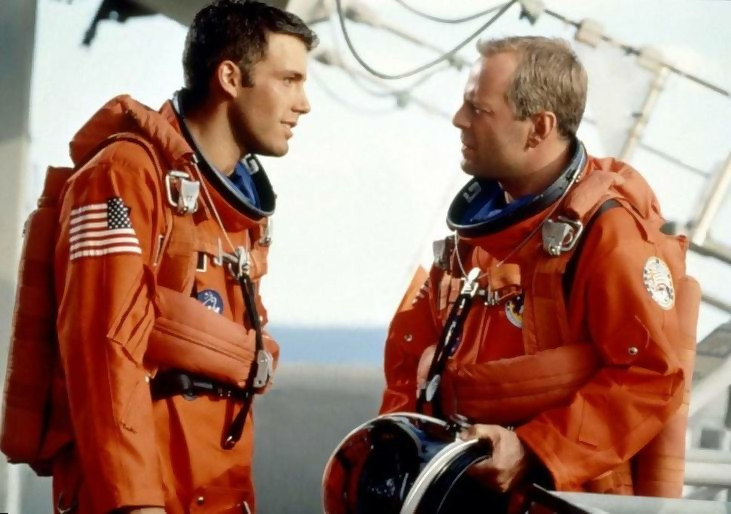
With all due respect to Armageddon fans, Lindley doesn’t think that landing on an asteroid would be the most effective solution. Yet, NASA still hasn’t ruled that option out.
The Independent

Astronauts have trained for complex asteroid landings, even though nobody has ever attempted it. NASA predicts this operation more as a way to collect mineral samples.
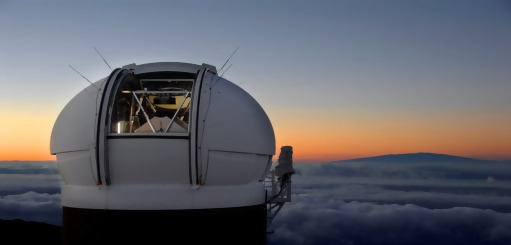
NASA has multiple hypothetical fixes to choose from. They are also boosting up their asteroid prevention in different ways. For example, they have installed more orbital telescopes, so they can keep an eye one any deadly space rocks in the solar system.
Harvard University
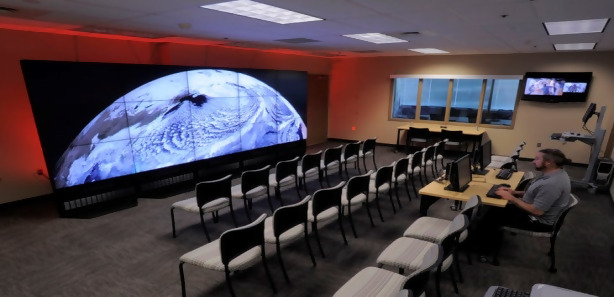
Being able to spot catastrophe coming could be essential, but most deflection techniques require months or even years to mobilize. This means that a few days’ notice won’t help at all. The plus side is that NASA isn’t fighting alone in this.
NASA
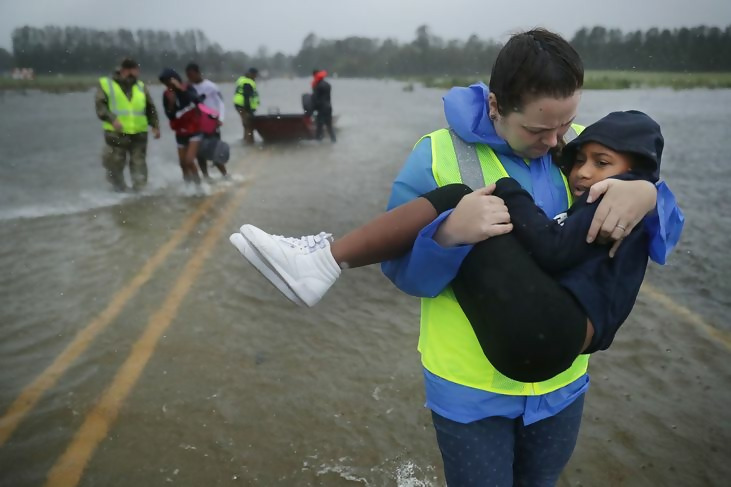
Lindley’s team collaborated and ran exercises with FEMA — the Federal Emergency Management Agency — to prepare for collateral damage from a collision. “They are a great way for us to learn how to work together and meet each other’s needs,” Lindley said.
Twitter / Buzzfeed News
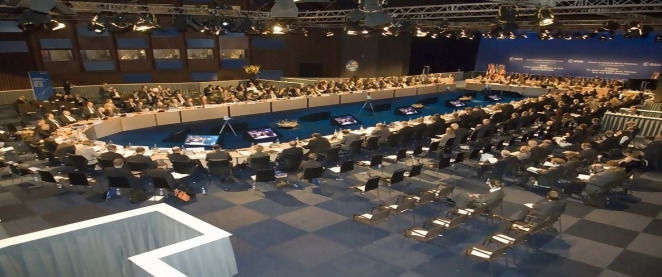
Lindley also organized a conference with the European Space Agency and the International Asteroid Warning Network in 2019. By working together, there would be eyes on the sky all over the world.

It may seem unlikely that we’ll have to deal with an apocalypse; however, civilization is more prepared than ever. That news may disappoint people who are doomsday preppers.
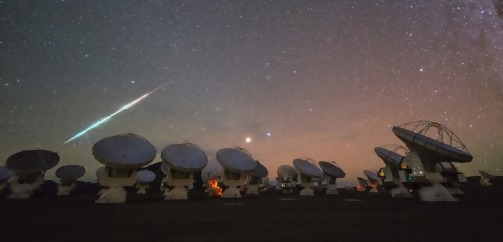
Believe it or not, even with the stress his job brings, Lindley says he sleeps just fine at night. Besides, he can name several colleagues who may have more responsibilities with their job, than he does.
Futurism

More than likely, Lindley wouldn’t be able to handle George Aldrich’s job. When George was a child, his teacher told him to “shoot for the stars”, and he took that advice seriously. Fast forward several decades, and he’s had way more than a whiff of success at NASA.
Reddit / inverse

Growing up in New Mexico, George watched his dad fly up the Navy ranks and join the coveted Blue Angels. George looked for a heroic job once he finished high school.
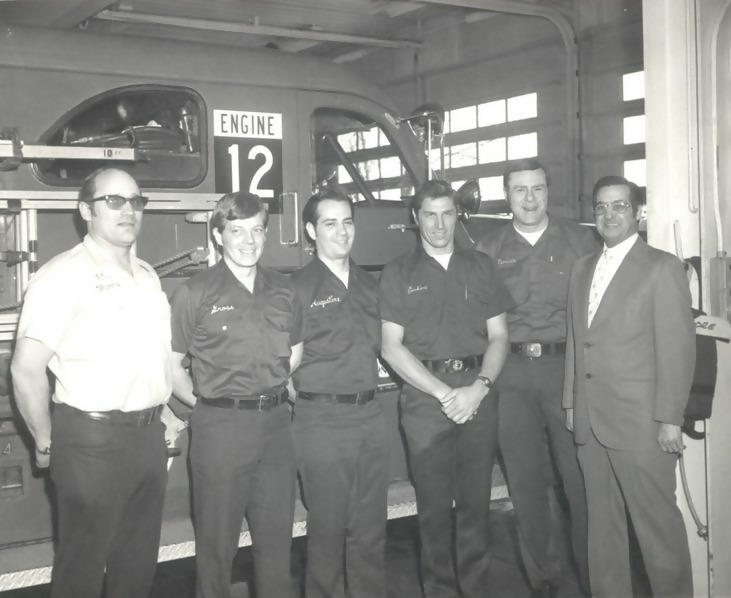
George started of a tad smaller. He volunteered for the local fire department, and his recent chemistry and mathematics experience piqued the interest of the chief. He also signed George up for a special task on the force.

George stood out on the department’s odor panel. By training his sense of smell, he could sense issues like gas leaks before they had a chance to ignite. Soon, George then realized that he was meant for bigger and better things.
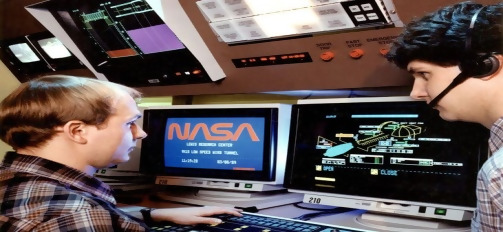
George’s chief recommended that he take his talents up a notch in 1974. NASA had a firm presence in the area, so perhaps, George figured, he could secure a position there. However, not just anybody could apply to be an astronaut.
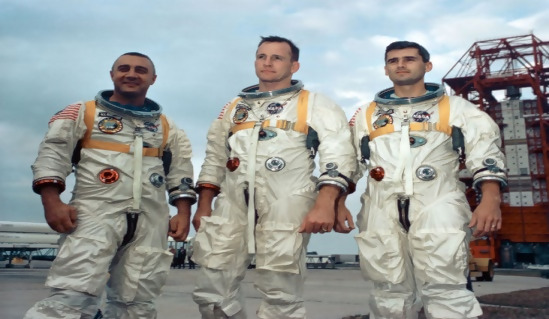
After the Apollo 1 disaster, in which a technical function aboard a shuttle killed all three crew members aboard — NASA took safety protocols very seriously. They needed to have staff who could prevent disasters most people would never see coming.
NASA
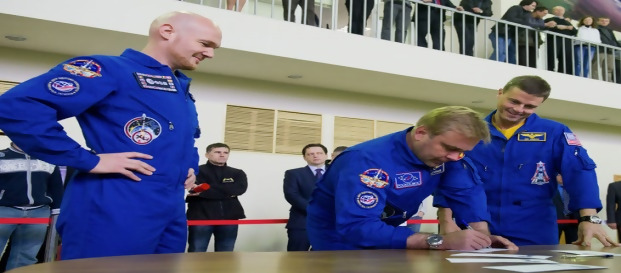
Once he sent in his application, George had to take a strenuous exam. Hours later, he set his pencil down and headed home, waiting for a phone call that would make or break his dreams.
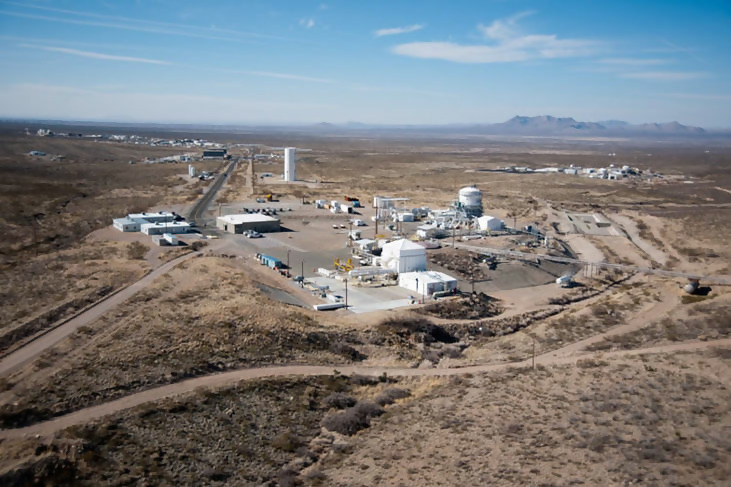
Then the fantastic news came: NASA told George to report to the White Sands Test Facility right away, where he would quickly begin his new role as a Chemical Specialist. What did that mean?
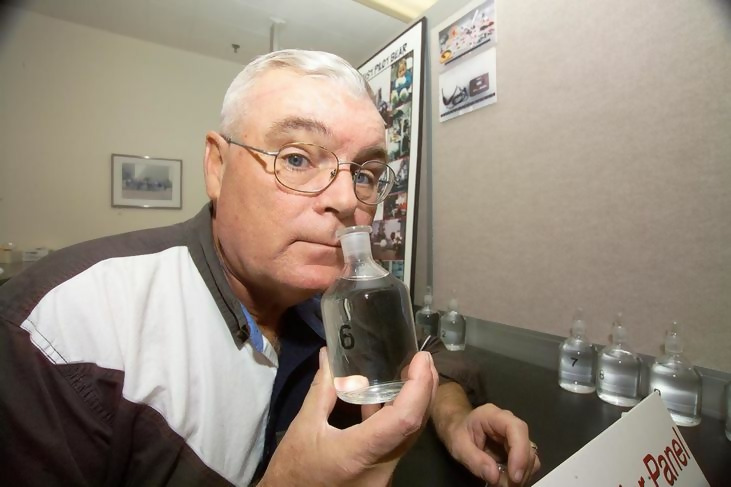
If you were to ask George about his job, he would describe himself as the “Chief Sniffer” or a “Nasalnaut.” That’s because his main responsibilities boil down to smelling anything that NASA sends into space.
NASA
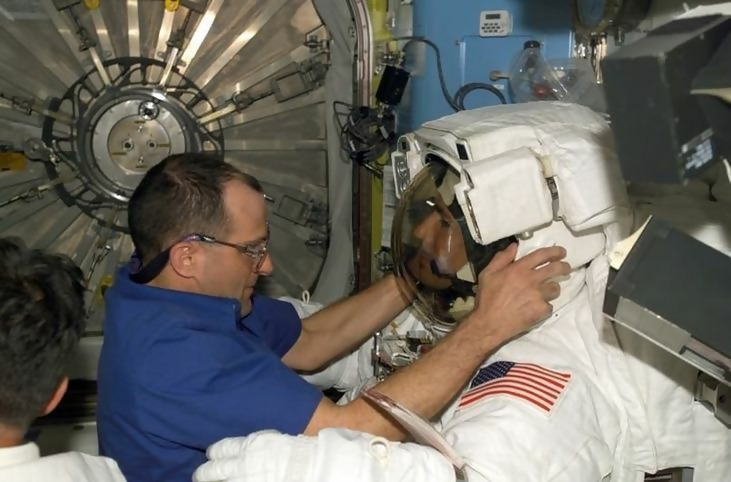
Astronauts go into space for long periods of time, stuck in close quarters, breathing in recirculated air. Command doesn’t want any harmful odors traveling along with them.
NASA / Don Pettit
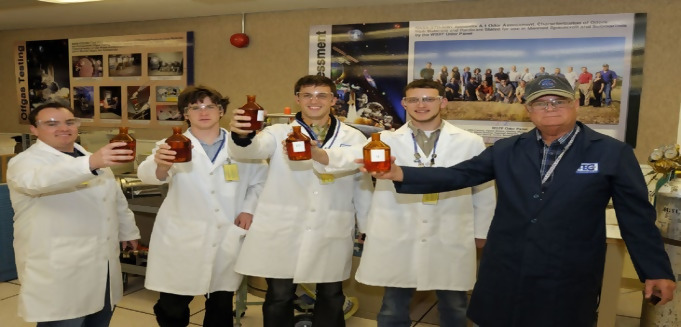
That’s where George and his team come in. They inspect the smell of every piece of cargo and gear to make sure everything is ready to go.
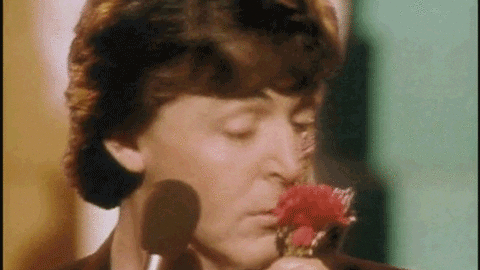
George holds the NASA record for the most official sniffs, with his number coming up on one thousand. Naturally, George’s system is more nuanced than just deciding if a scent is good or bad.
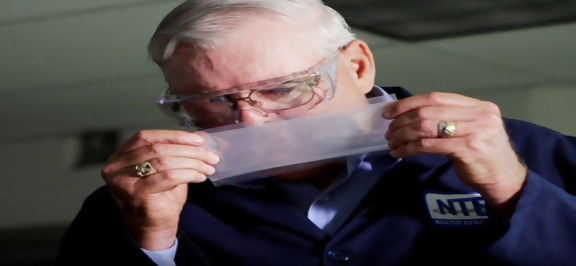
The odor panel blindly inspects each object, so their everyday conceptions about the items won’t cloud their judgment. From there, the team ranks everything on a scale from 0-4. If something scores higher than 2.5, they suggest leaving the object on Earth.

Between tests, he may cleanse his palate, by smelling the back of his own hand, which is sometimes called “going home.” This trick resets his nostrils. His work has likely saved lives.
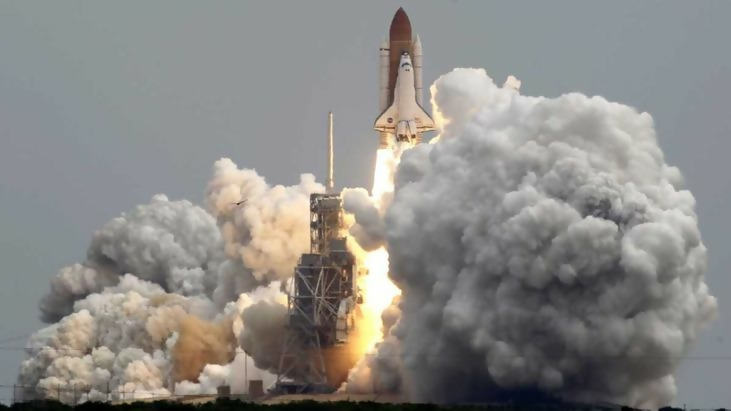
A manned space mission involves a lot of complex chemical reactions, which NASA cannot risk any toxic materials sneaking aboard. The astronauts themselves may not be able to find them, so they need a skilled nose to detect the smells.
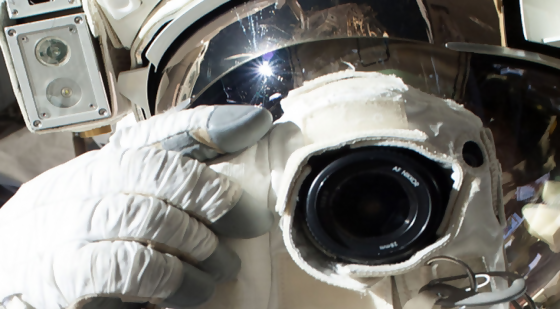
Half of the time, the troublesome materials aren’t what you would expect. For instance, George has found that old-fashioned camera film can be toxic. Meanwhile, other items can just be absolutely horrid.
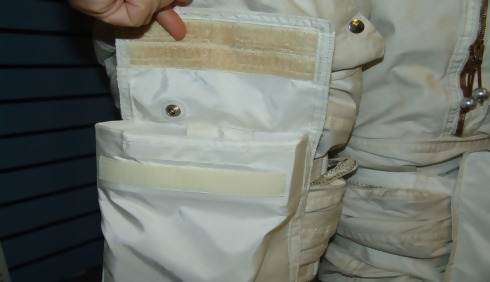
Believe it or not, an item as basic as Velcro can smell up an entire space shuttle. George found out that separate Velcro straps don’t have an odor, but together they produce an awful smell.

George says that it also boils down to the fact that humans really stink, and there’s not much NASA can do about it. Due to the basic functions like sweating and going to the bathroom, astronauts just have to learn to deal with a little odor.

After 44 years, George and his nose are still going strong. He’s only ever missed two tests over his entire career, due to being ill. You could say he wrote the book on odor testing, and he’s certainly smelled that book as well.

